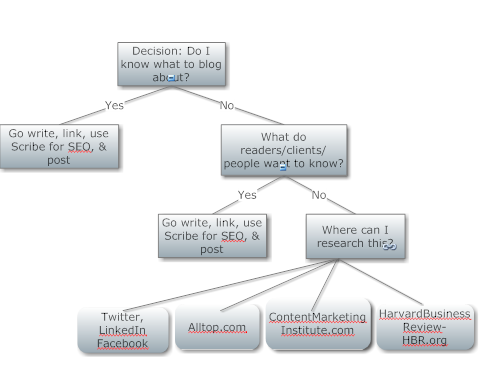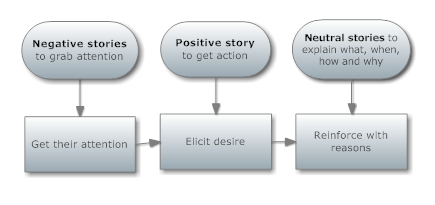 This is a little story I share with new blogging clients who get hung up about keywords. One client in particular (let’s call him Ted) had written about 10 blog posts which were saved as drafts because he was worried about keywords.
This is a little story I share with new blogging clients who get hung up about keywords. One client in particular (let’s call him Ted) had written about 10 blog posts which were saved as drafts because he was worried about keywords.
Let me say that there’s a learning curve involved in writing for your blog, and there’s no way around it. The only way to learn to write good blog posts is to write and publish blog posts—a lot of them. Saving them as drafts won’t work.
Being that it’s U.S. Open time, I was thinking about how this relates to tennis (of course!). You can practice your serve on a tennis court by yourself too. But until you serve the ball to someone on the other side of the net and keep score in a game, it really doesn’t count. You can’t learn from your results.
Here’s what I told Ted, “When you sit down to write a new post, focus first on these steps:
7 Blog Writing Steps BEFORE You Check for Keywords
- Write to deliver valuable information that solves a problem for your typical reader
- Grab their attention and make it interesting to them through stories or examples Read More→














